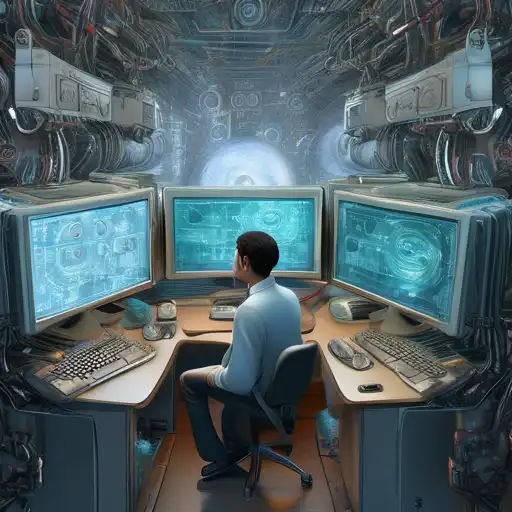Introduction to Computer Vision
Computer vision is a field of artificial intelligence that trains computers to interpret and understand the visual world. By leveraging digital images from cameras and videos and deep learning models, machines can accurately identify and classify objects — and then react to what they "see."
The Science Behind Computer Vision
At its core, computer vision involves the automatic extraction, analysis, and understanding of useful information from a single image or a sequence of images. It involves the development of a theoretical and algorithmic basis to achieve automatic visual understanding.
Key Technologies in Computer Vision
- Image Classification: Assigning a label to an entire image.
- Object Detection: Identifying objects within an image and drawing a bounding box around them.
- Object Tracking: Following a specific object over a series of images or video frames.
- Segmentation: Partitioning an image into multiple segments to simplify or change the representation of an image.
Applications of Computer Vision
Computer vision is used in a variety of applications, from enabling self-driving cars to interpret their surroundings, to helping doctors spot diseases in medical images more accurately. Other applications include facial recognition systems, agricultural monitoring, and manufacturing quality control.
Challenges in Computer Vision
Despite its advancements, computer vision faces several challenges, such as the need for large amounts of training data, the difficulty of interpreting images with poor lighting or occlusions, and the ethical concerns surrounding privacy and surveillance.
The Future of Computer Vision
As technology advances, the potential for computer vision continues to grow. With the integration of artificial intelligence and machine learning, future developments could lead to even more sophisticated systems capable of understanding complex visual data in real-time.
Computer vision is transforming the way machines interact with the world around them. By teaching machines to see, we are opening up a world of possibilities for automation, efficiency, and innovation across industries.
